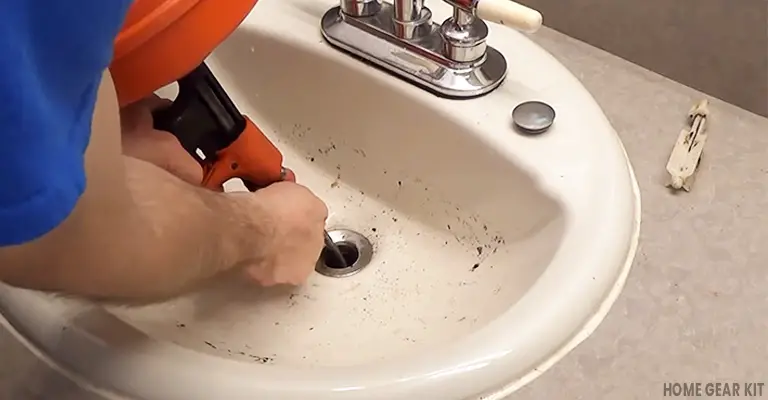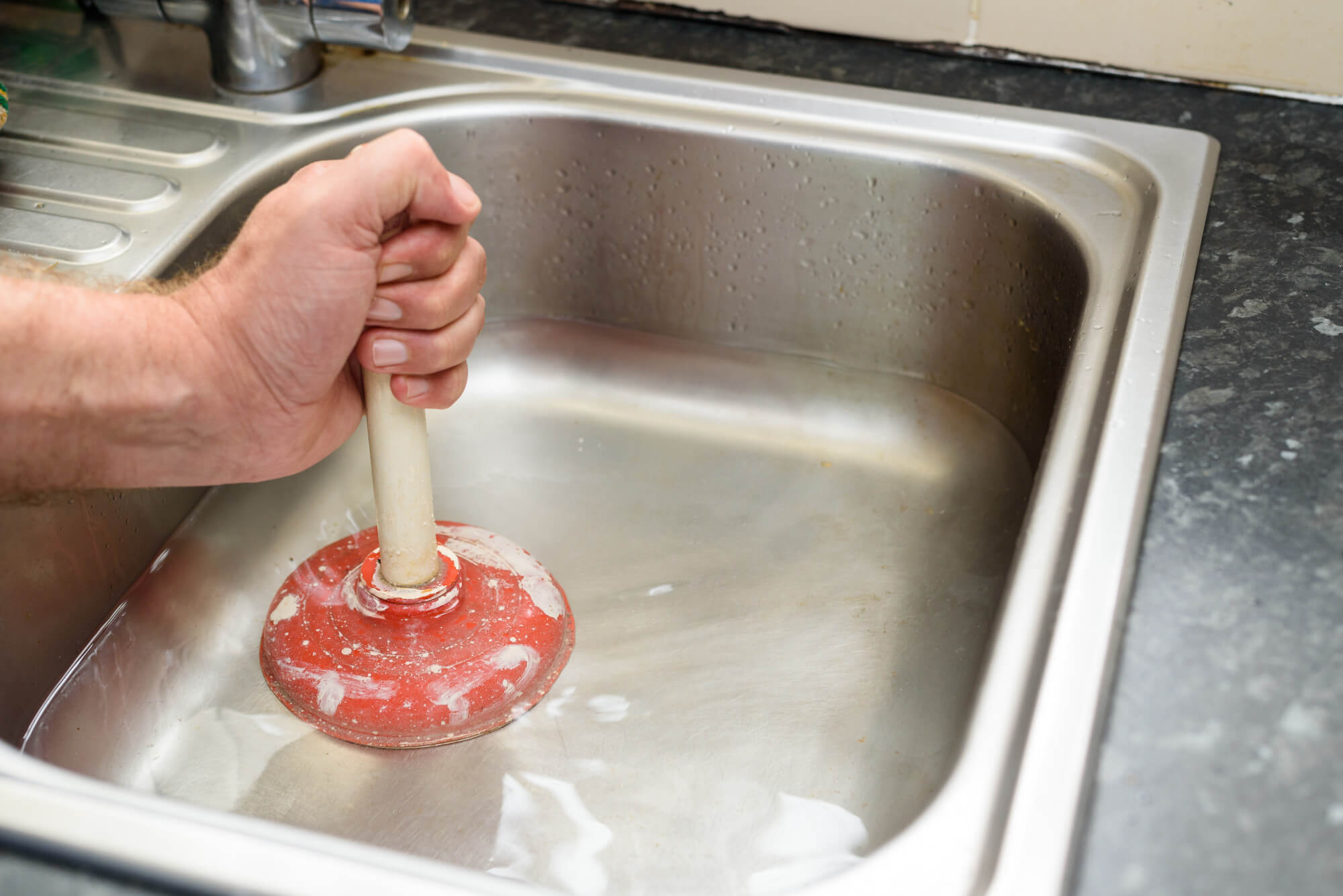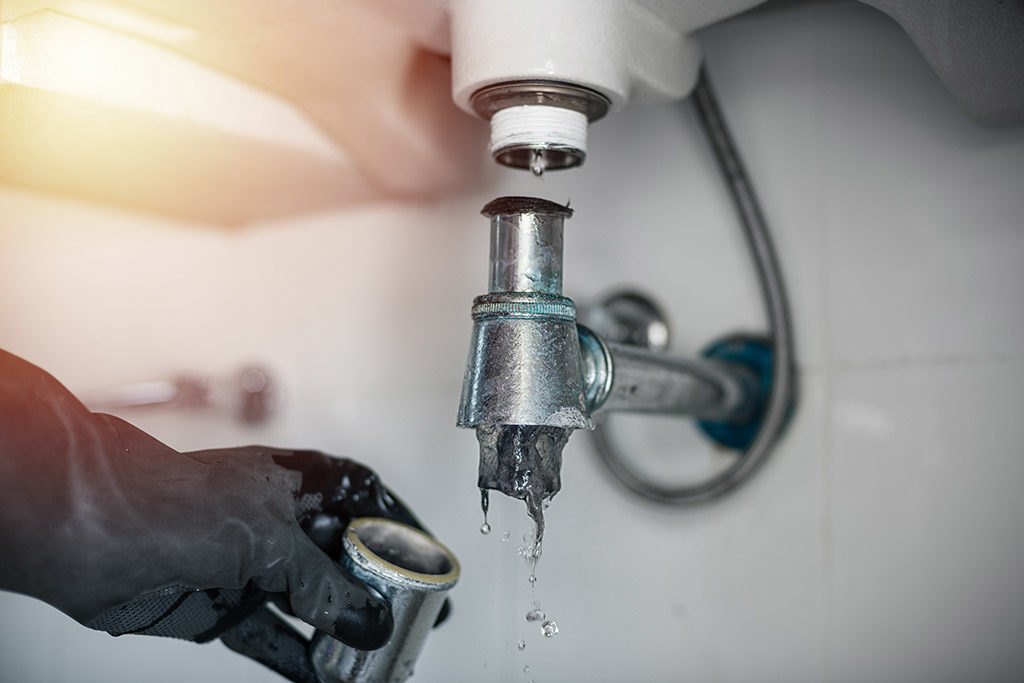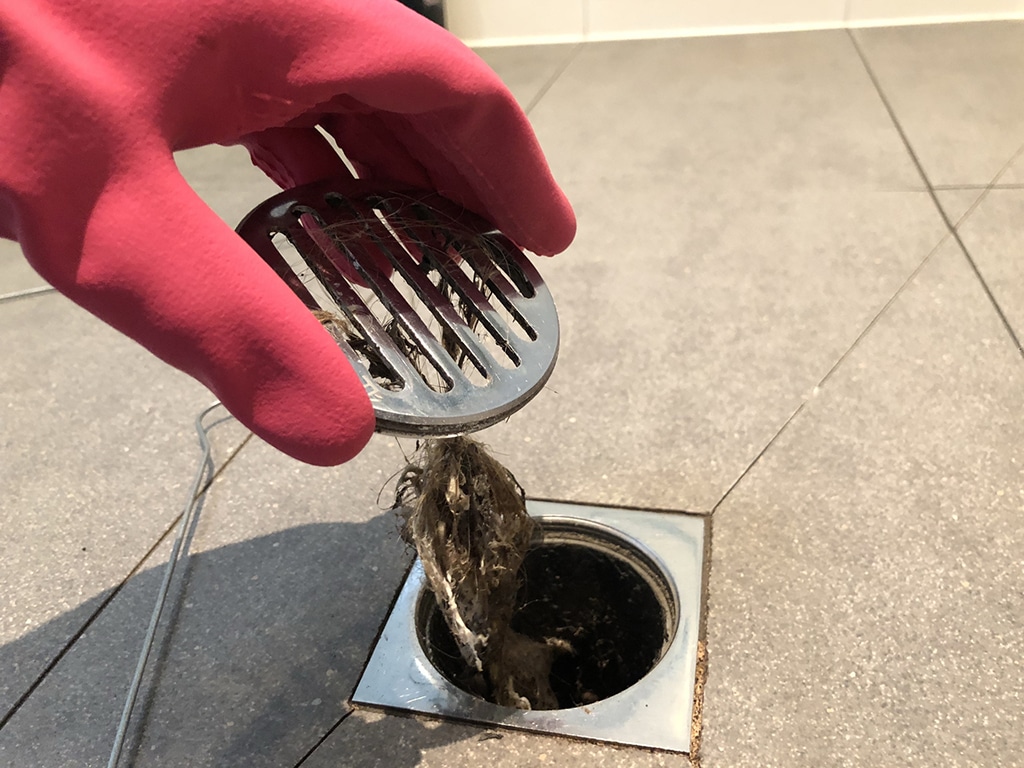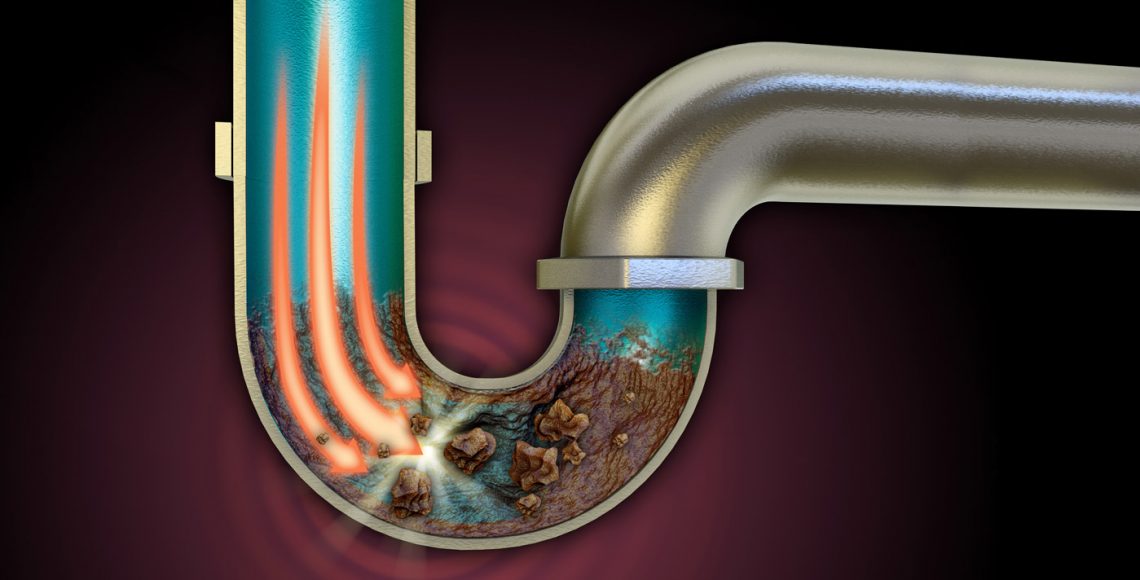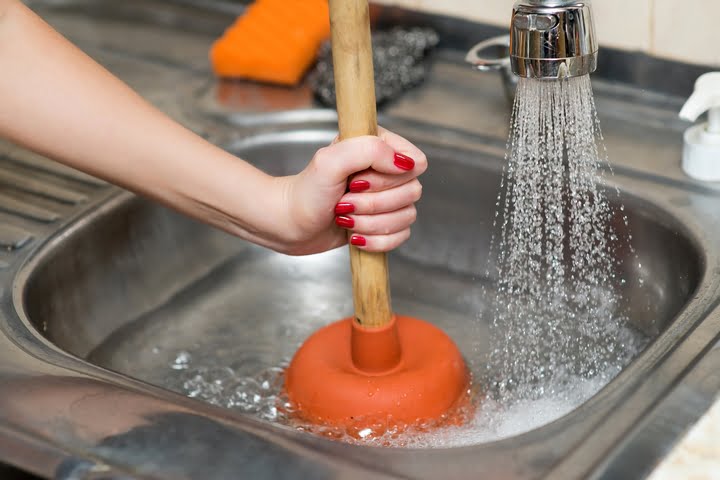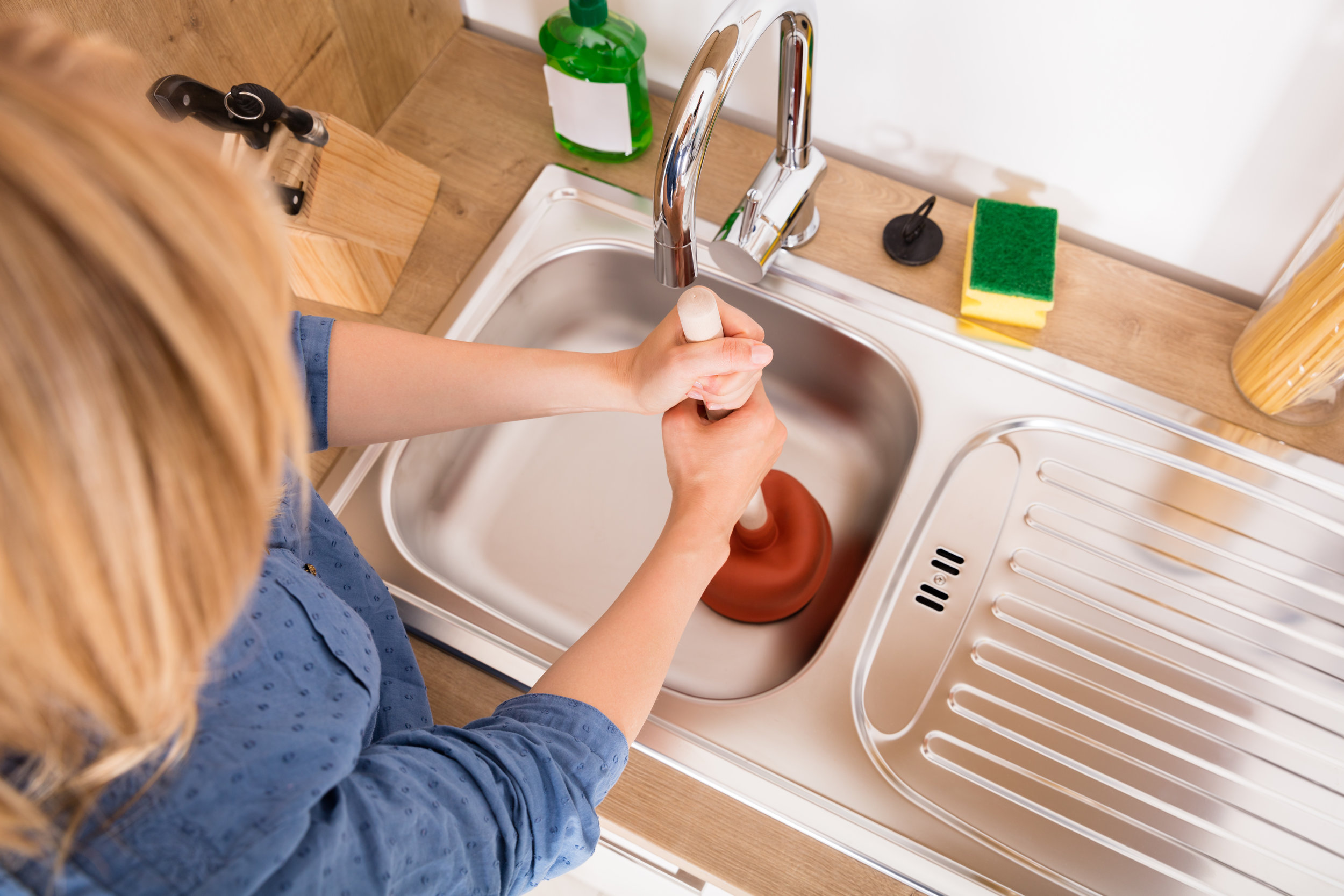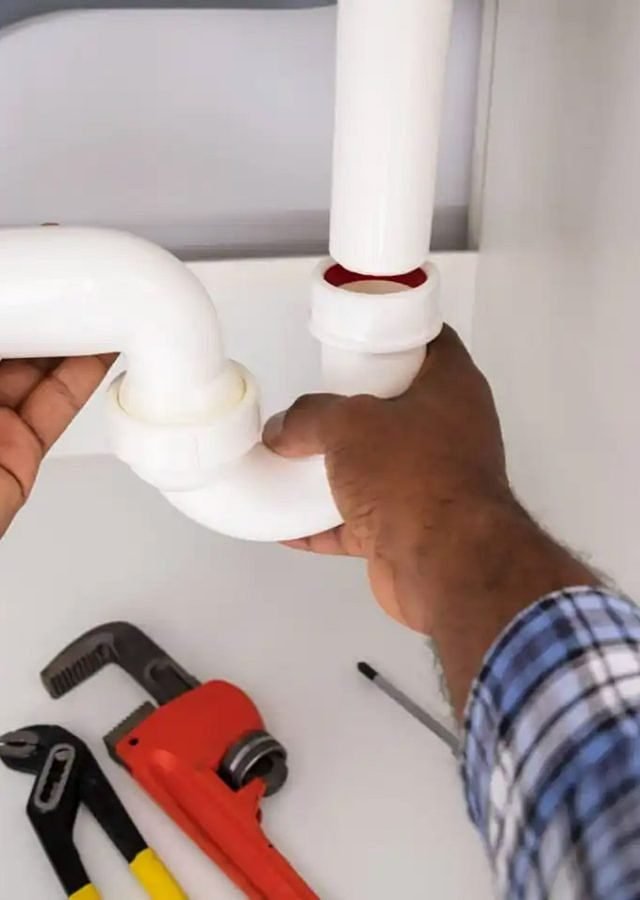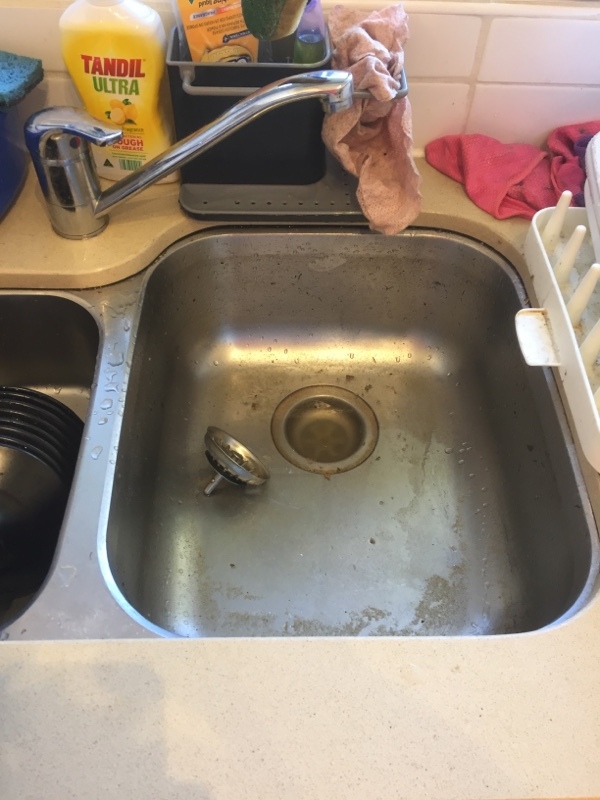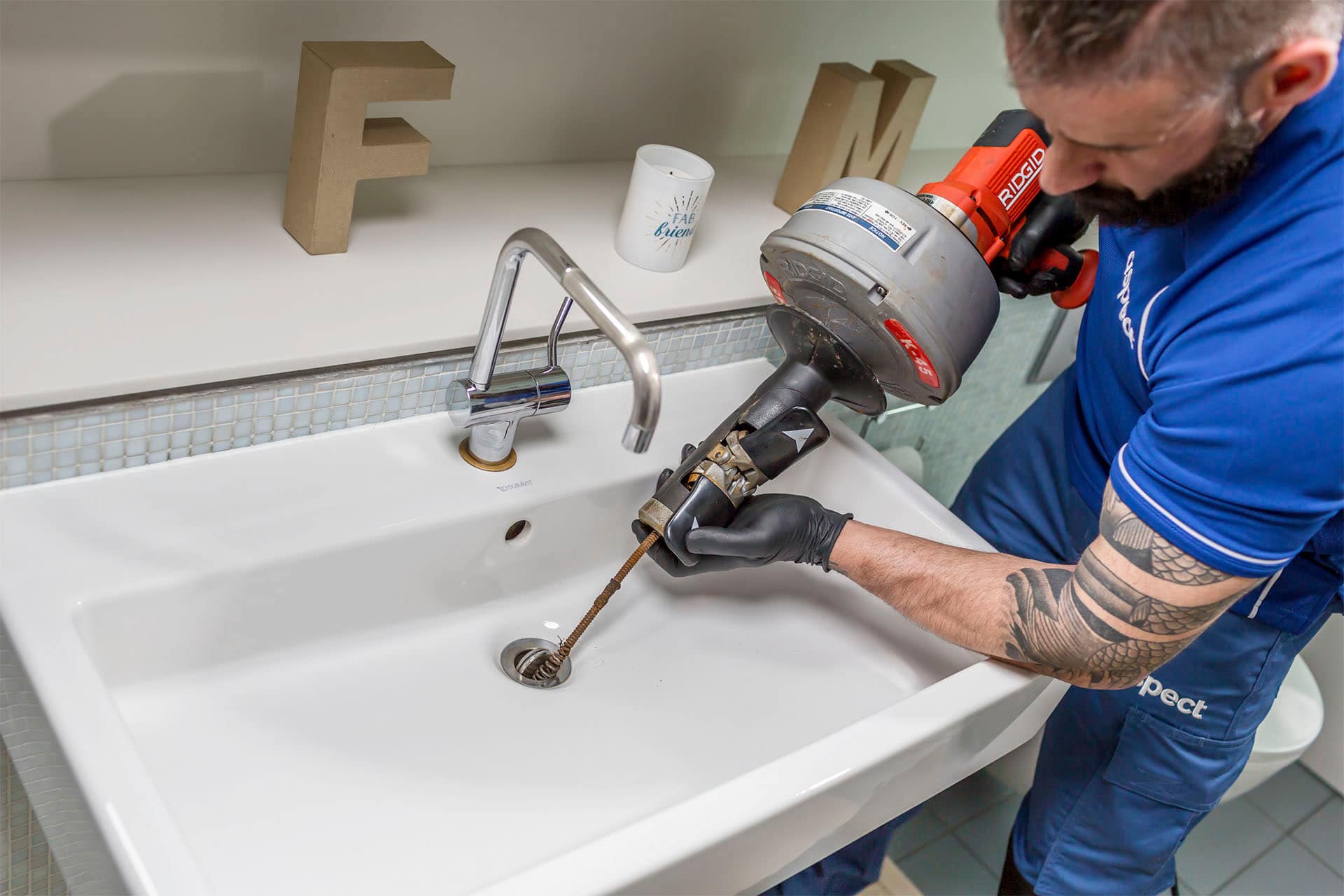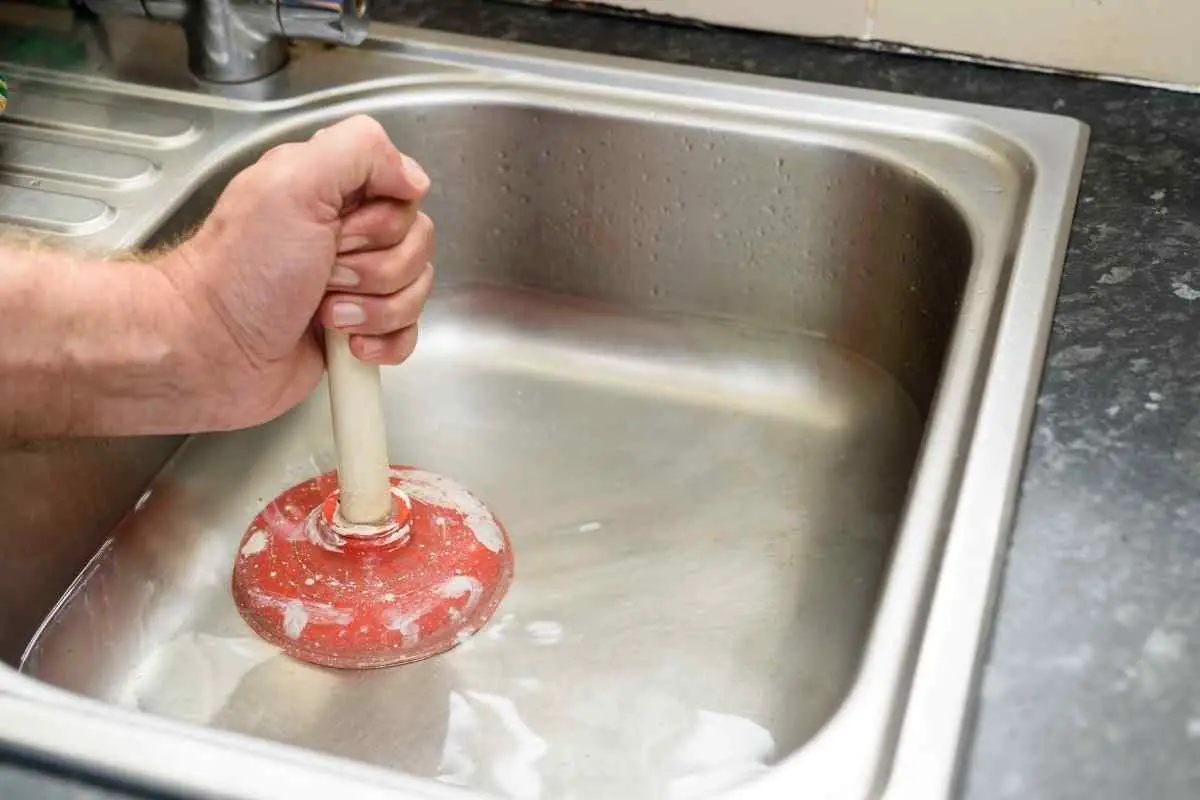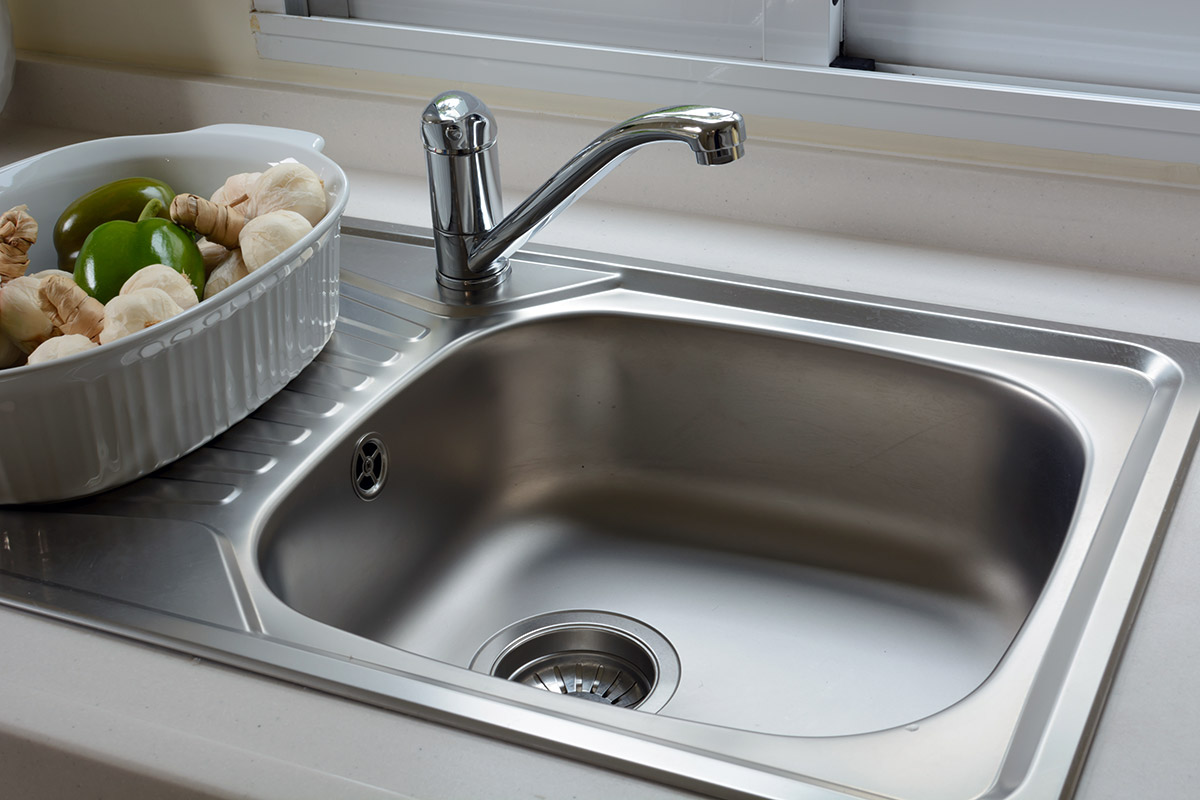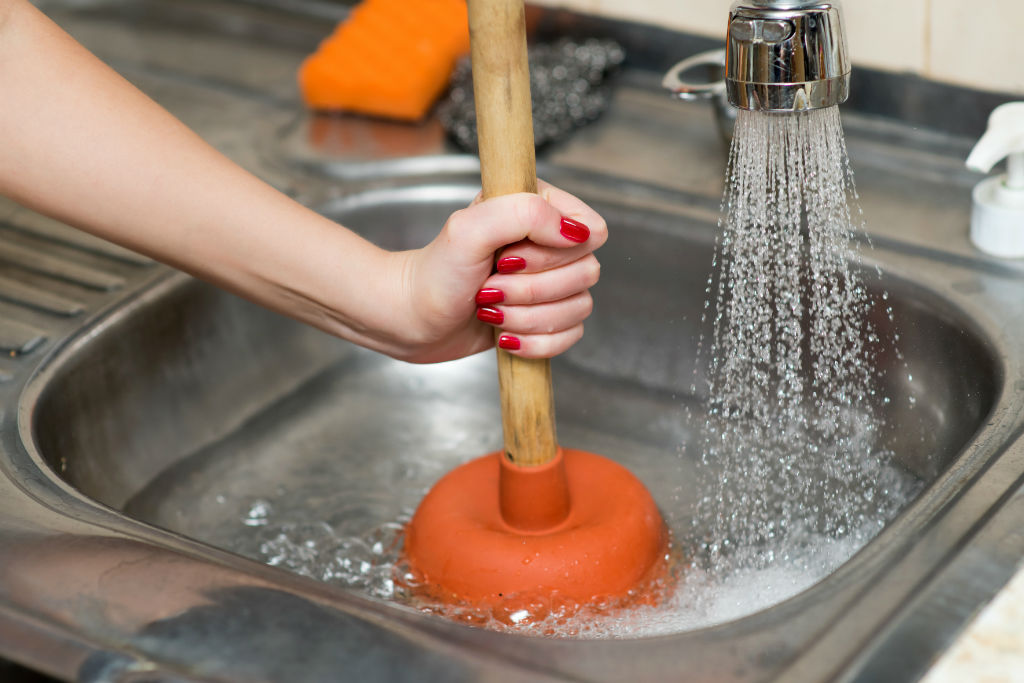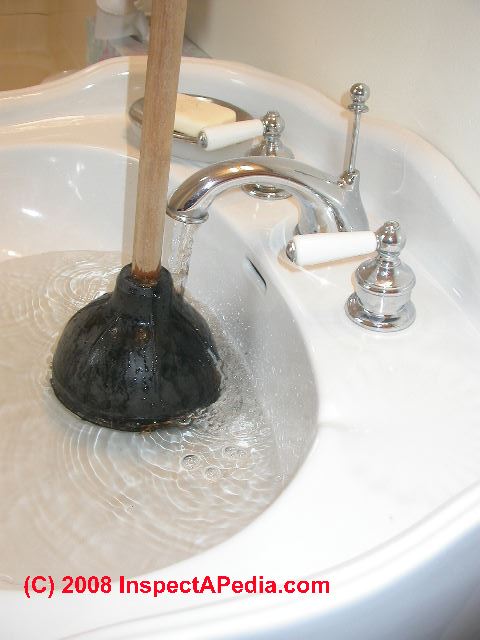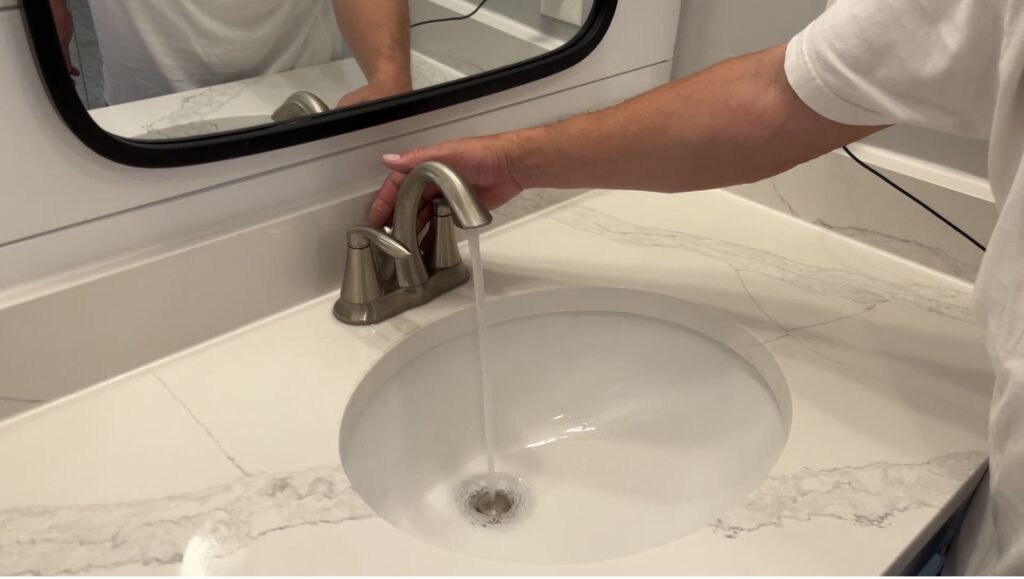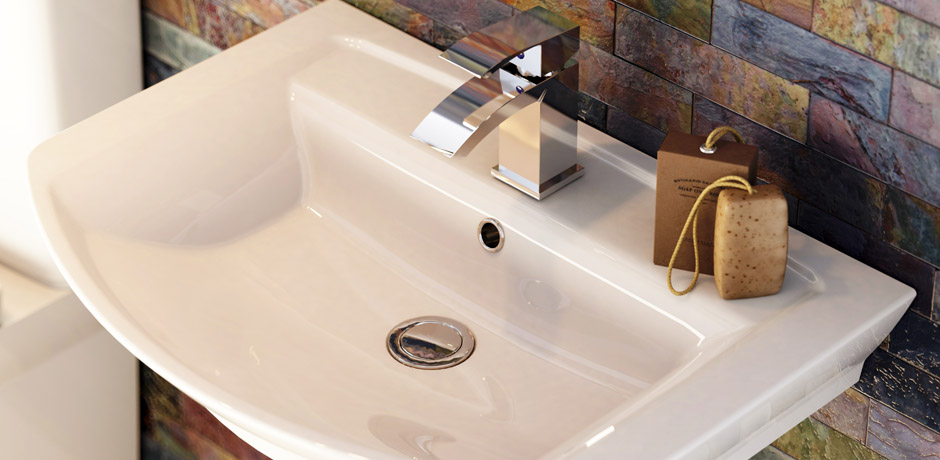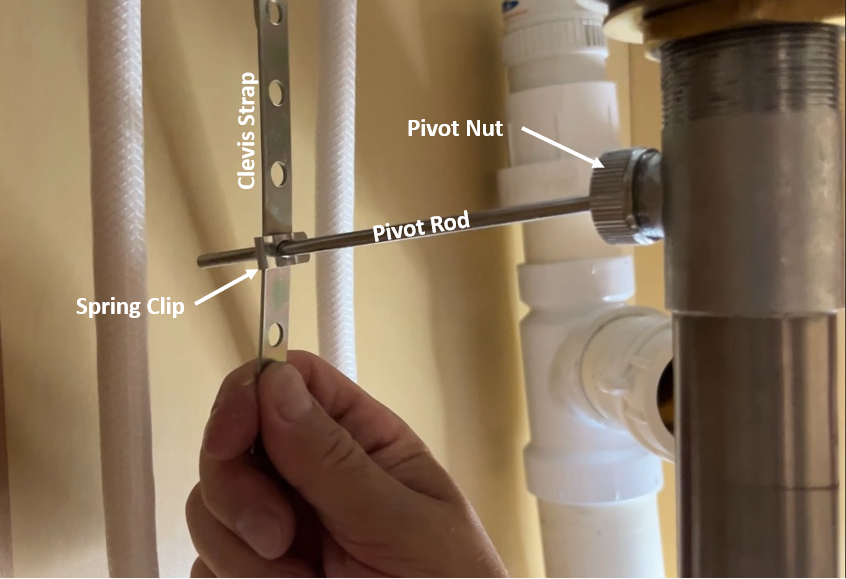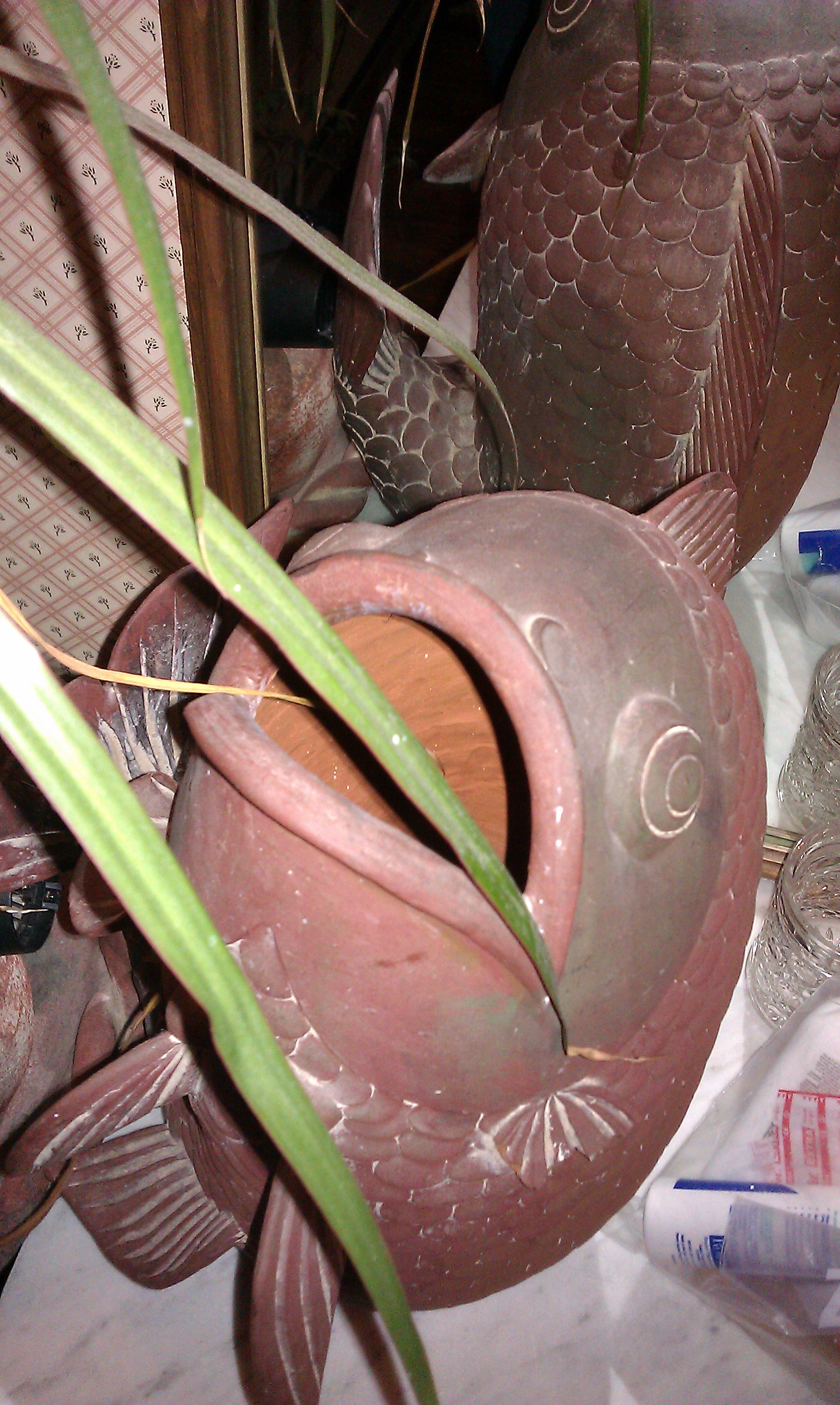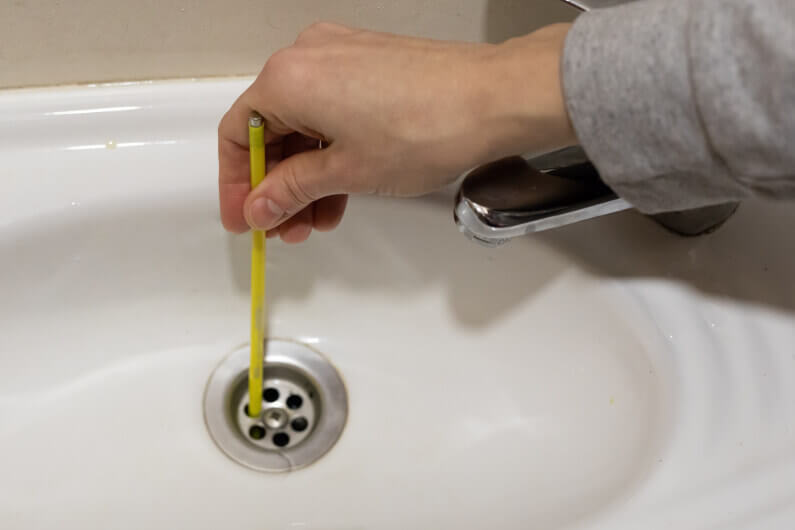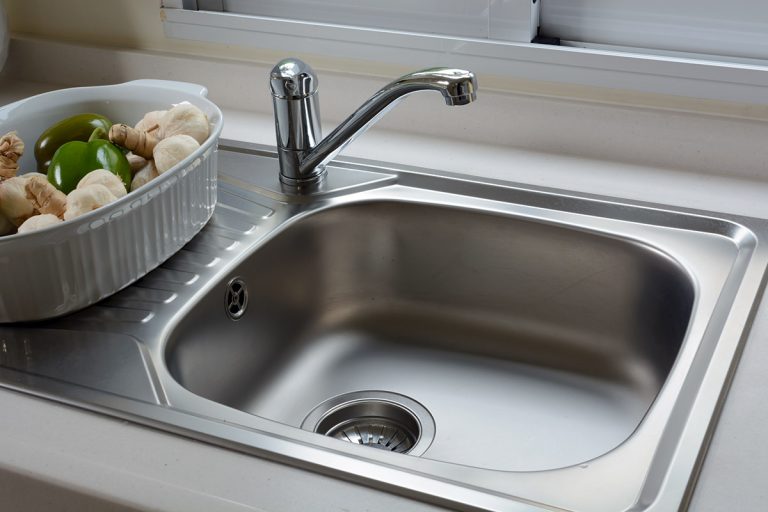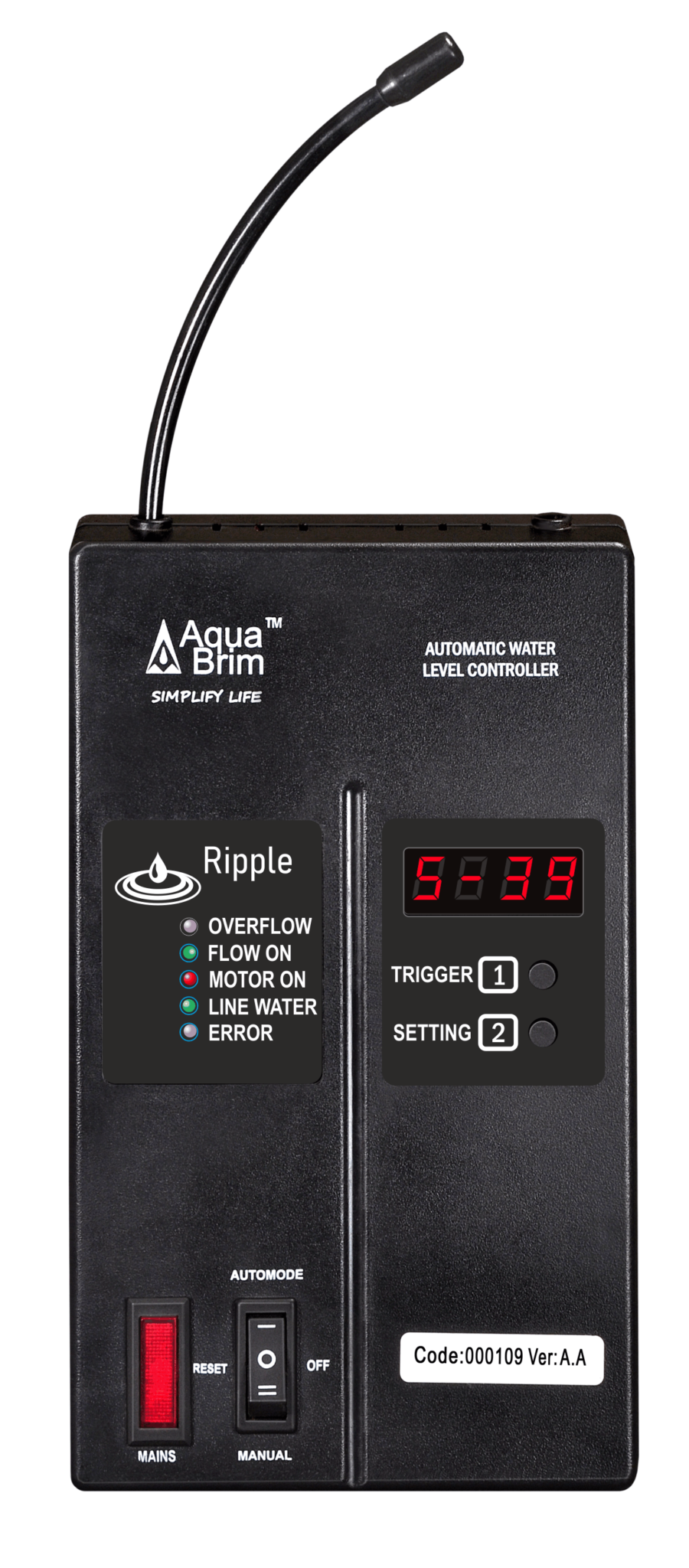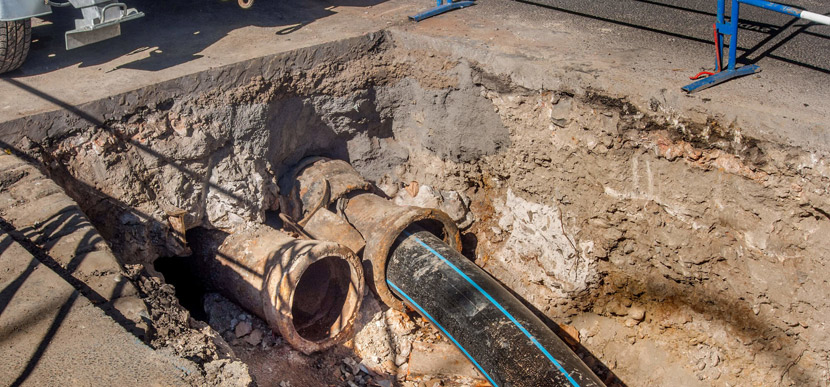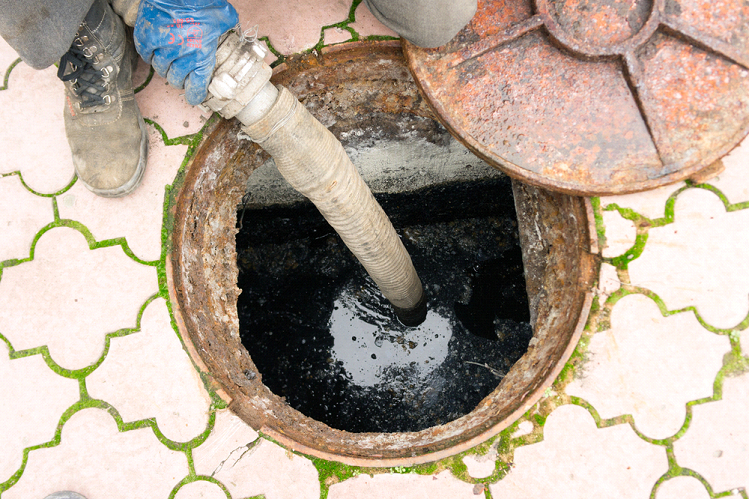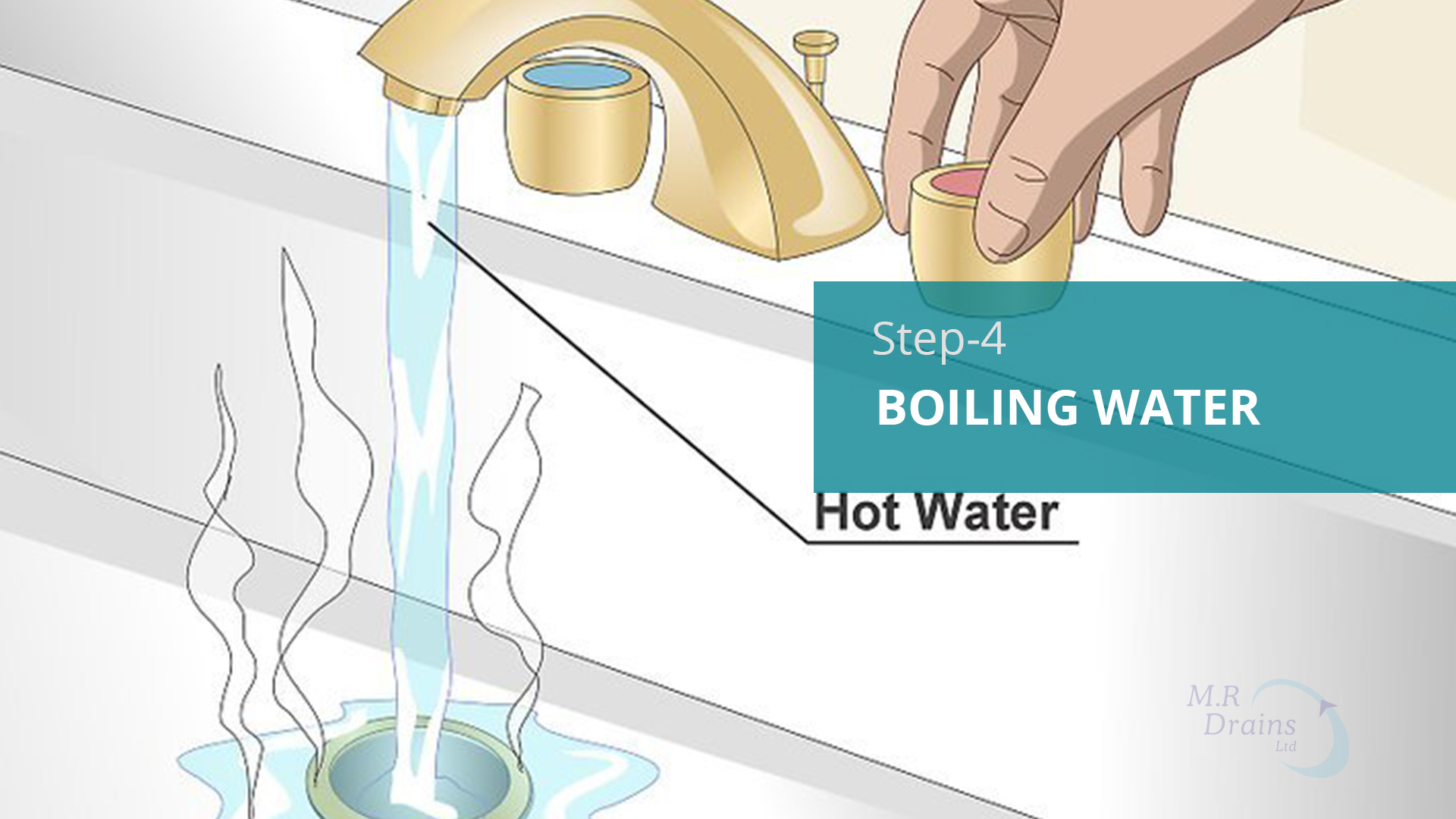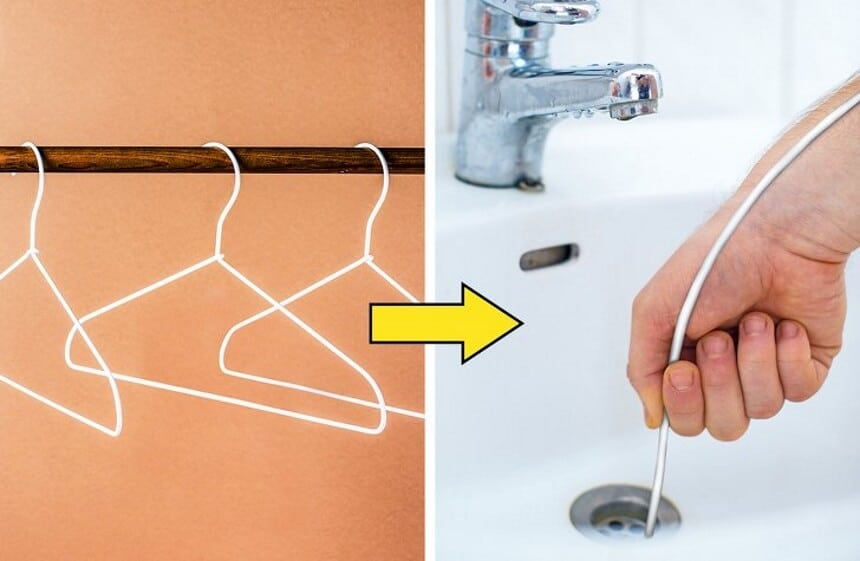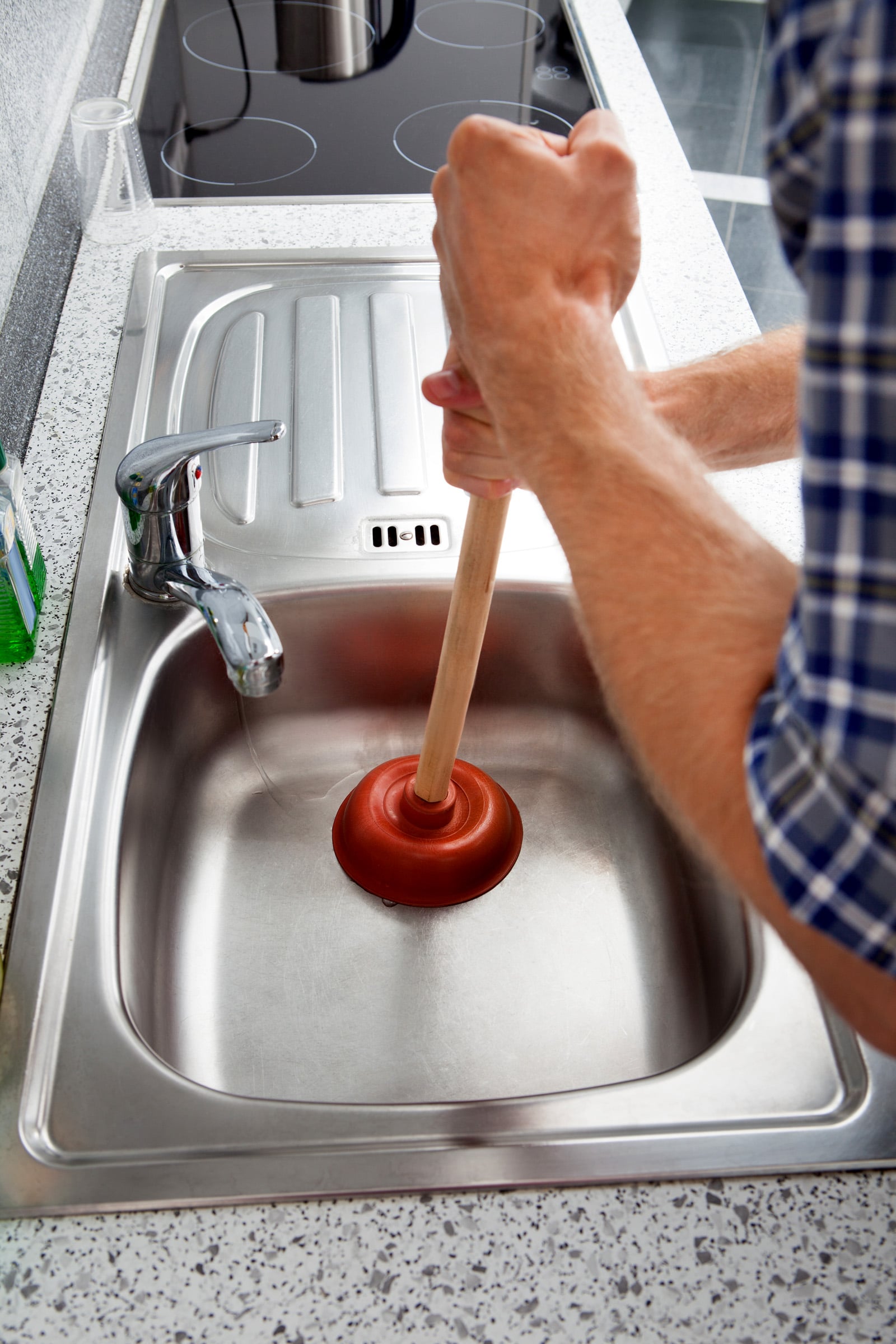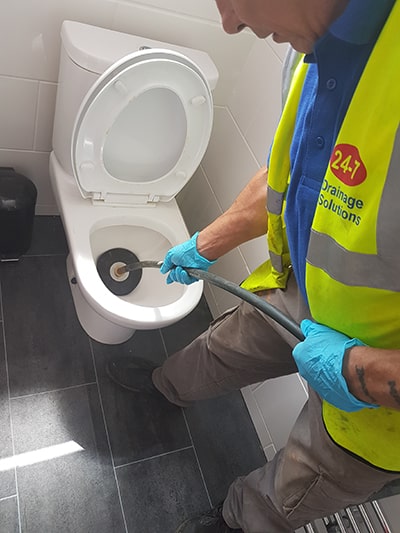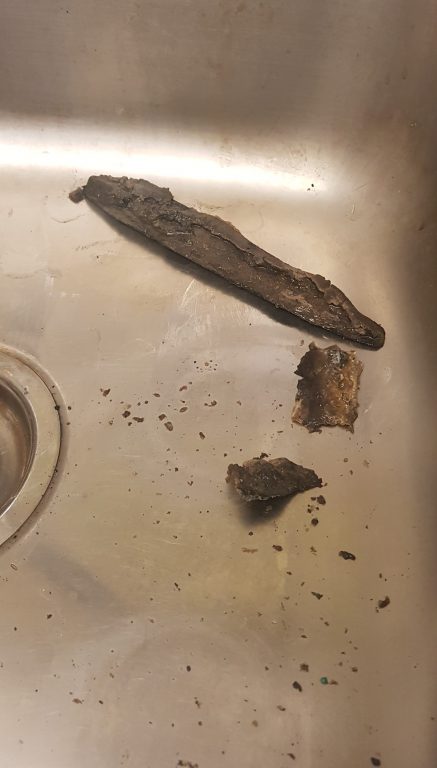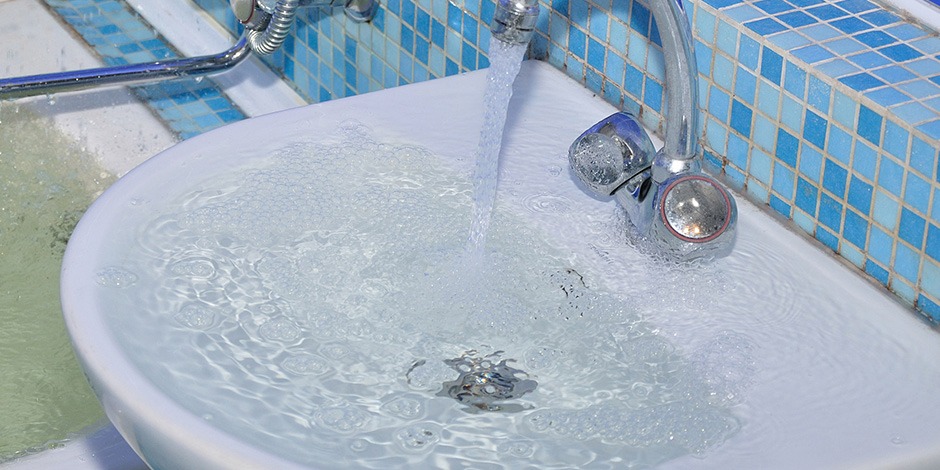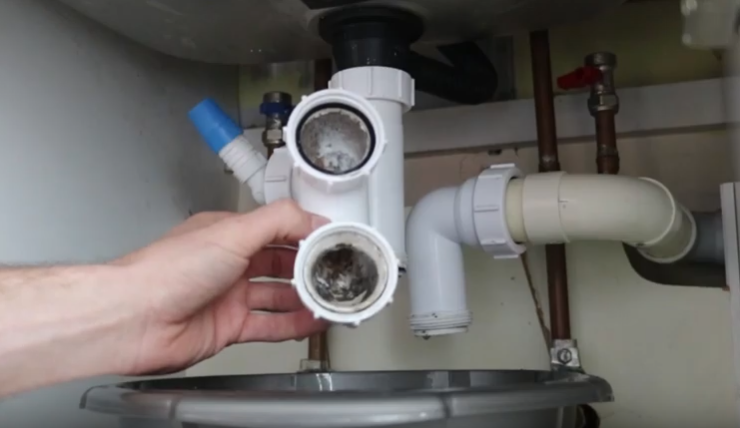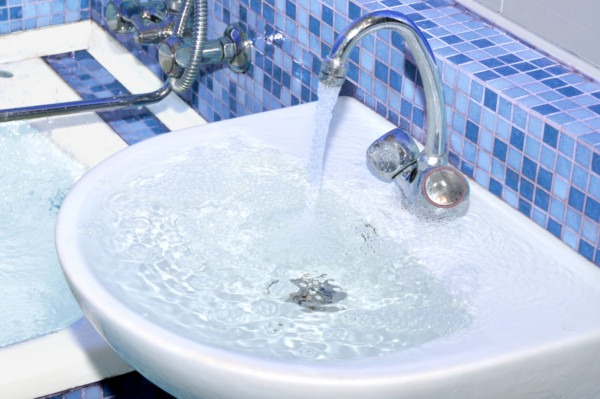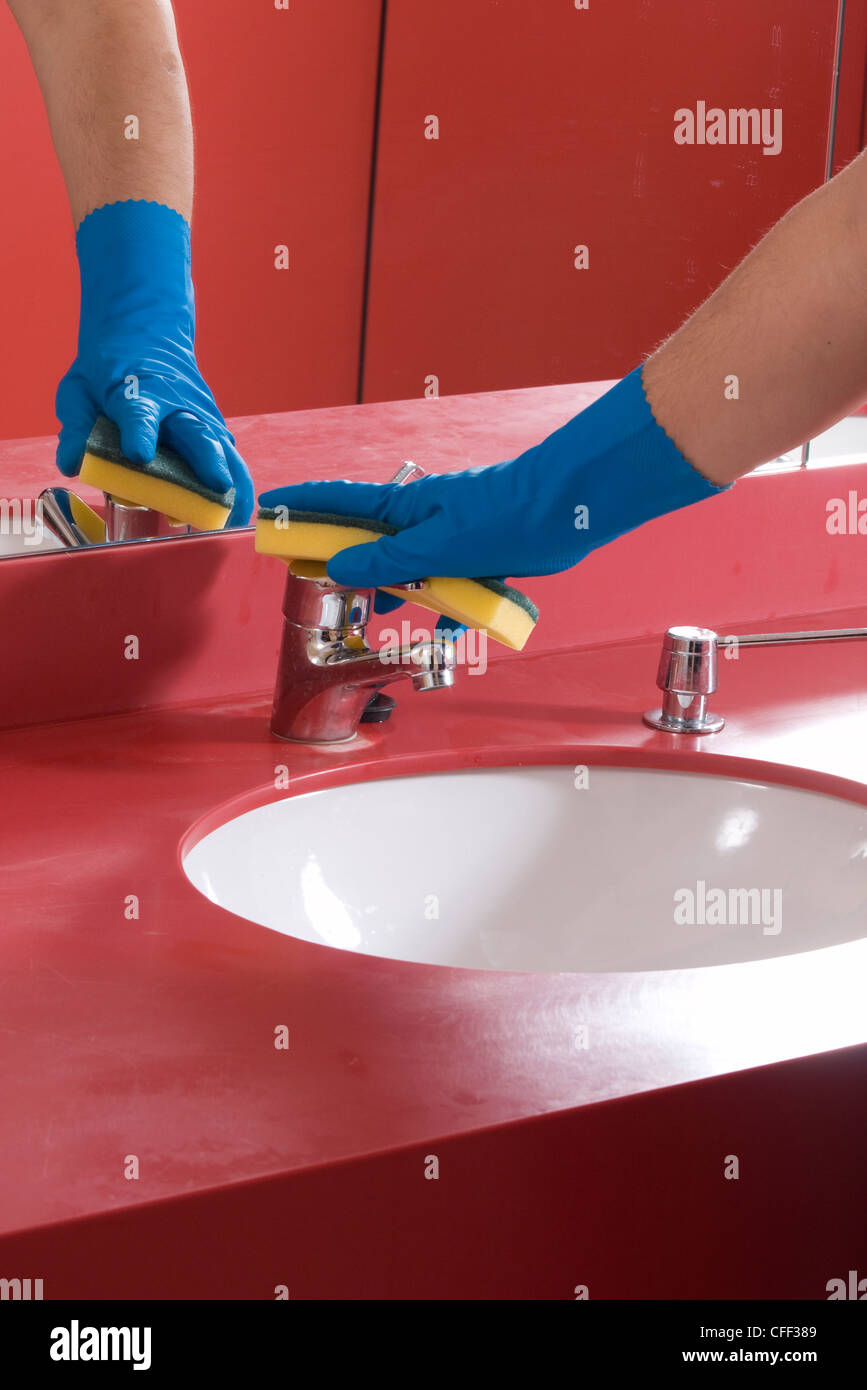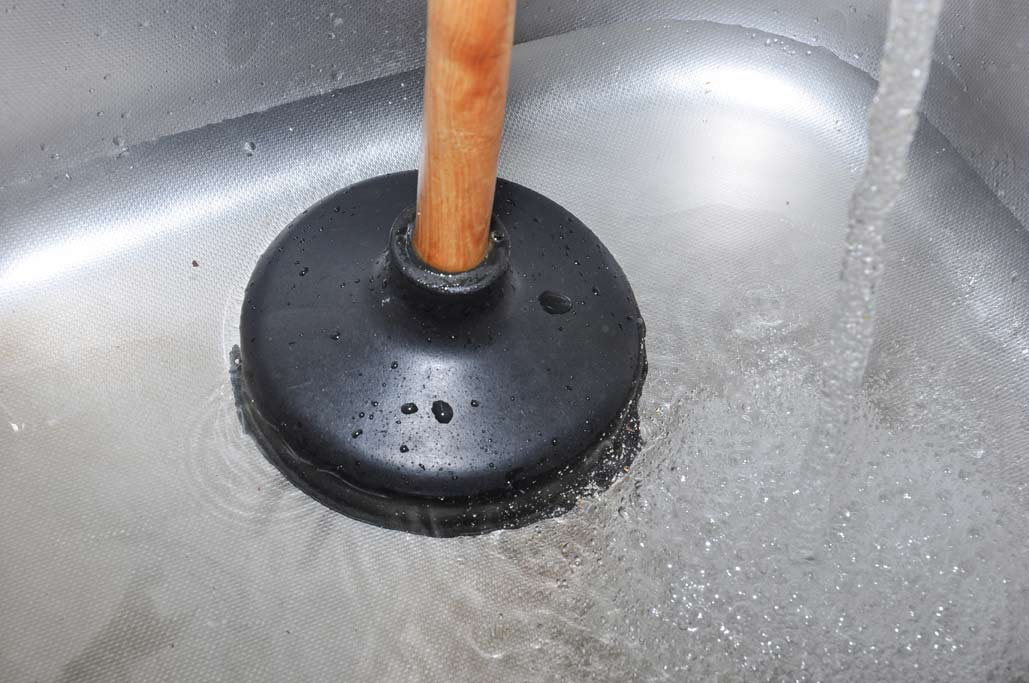If you've noticed that your bathroom sink is draining slowly or not at all, chances are you have a clogged sink and water supply. This can be a frustrating and inconvenient problem, but luckily it's one that can be fixed with a few simple steps. In this article, we'll walk you through how to unclog a bathroom sink drain and clear a blocked water supply line. So put on your DIY hat and let's get started!Blocked Bathroom Sink: How to Fix a Clogged Sink and Water Supply
The first step to fixing a clogged bathroom sink is to determine the cause of the blockage. Common causes include hair, soap scum, and toothpaste buildup. If you have a pop-up drain, it's also possible that the mechanism is stuck or broken. To unclog a bathroom sink drain, follow these steps: Step 1: Remove any visible debris from the drain using a pair of tweezers or a drain snake. This will help to clear the blockage and make it easier to access the main clog. Step 2: Pour a mixture of baking soda and vinegar down the drain. The chemical reaction between the two will help to break down any remaining debris and clear the clog. Step 3: Let the mixture sit for about 10-15 minutes, then pour boiling water down the drain to flush out any remaining debris. Step 4: If the clog is still present, try using a plunger to dislodge it. Place the plunger over the drain and push down firmly, then pull up quickly. Repeat this process a few times until the clog is cleared. Step 5: If the clog is still stubborn, you may need to use a drain snake or call a professional plumber for assistance.How to Unclog a Bathroom Sink Drain
If you're dealing with a clogged sink drain, there are a few tips and tricks you can try before calling in the professionals. Here are some additional methods for clearing a clogged sink: - Boiling water: Sometimes, simply pouring boiling water down the drain can be enough to clear a minor clog. This method is safe to use on metal and PVC pipes. - Salt and baking soda: Mix equal parts salt and baking soda and pour it down the drain. Let it sit for a few minutes, then pour boiling water on top to help break down the clog. - Wet/dry vacuum: If you have a wet/dry vacuum, you can use it to suck out any debris that's causing a clog. - Enzyme-based cleaners: These cleaners use natural enzymes to break down clogs without the use of harsh chemicals. They're safe to use on all types of pipes.Plumbing Tips: How to Clear a Clogged Sink Drain
Now that you know how to unclog a bathroom sink, let's take a look at some common causes of a blocked sink and how to prevent them: - Hair: Hair is one of the main culprits when it comes to clogged bathroom sinks. To prevent hair from going down the drain, consider using a hair catcher or regularly cleaning the drain. - Soap scum and toothpaste: These substances can build up over time and contribute to clogs. To prevent this, make sure to rinse the sink and drain with hot water after each use. - Foreign objects: Small objects like jewelry or toothpaste caps can accidentally fall into the sink and cause a blockage. Make sure to be mindful of what you're putting near the sink. - Tree roots: In rare cases, tree roots can grow into your pipes and cause blockages. If you suspect this is the case, you'll need to call a professional plumber for assistance.Blocked Sink: Causes and Solutions
If your bathroom sink is draining slowly, it's likely due to a partial clog. To fix this issue, follow the same steps as you would for a completely clogged sink. However, if the problem persists, you may have a more serious clog or a plumbing issue that requires professional attention.How to Fix a Slow Draining Bathroom Sink
While we've covered some of the main causes of a blocked bathroom sink, there are a few other factors that could contribute to this issue. These include: - Old pipes: Over time, pipes can become corroded and narrow, making it easier for debris to get caught and cause a clog. - Hard water: If you have hard water, minerals can build up in your pipes and contribute to clogs. Consider installing a water softener to prevent this issue. - Grease and oil: These substances can solidify in your pipes and create a blockage. Avoid pouring grease or oil down the sink, and instead dispose of them in the trash.Common Causes of a Blocked Bathroom Sink
In addition to a clogged sink drain, you may also have a blocked water supply line. This can occur if mineral deposits or other debris build up in the pipes. To clear a blocked water supply line, follow these steps: Step 1: Turn off the water supply to your bathroom sink. Step 2: Locate the shut-off valve for the water supply line and turn it off. Step 3: Disconnect the supply line from the sink and use a wire coat hanger or a drain snake to remove any debris. Step 4: Reattach the supply line and turn the water supply back on. If the blockage persists, you may need to call a professional plumber to inspect and repair the supply line.How to Clear a Blocked Water Supply Line
Now that you know how to unclog a bathroom sink and clear a blocked water supply line, you're well-equipped to handle any future plumbing issues that may arise. Remember to always take preventive measures to avoid clogs and address any problems as soon as they arise to avoid more serious and costly repairs down the road.DIY Plumbing: How to Unblock a Bathroom Sink
A blocked bathroom sink can be a major inconvenience, but with the right knowledge and tools, it's a problem that can be easily solved. By following the steps outlined in this article, you'll be able to unclog your sink and clear the water supply line in no time. Just remember to use caution and always consult a professional if the issue persists or if you're unsure of how to proceed.Blocked Sink? Here's How to Fix It
Prevention is key when it comes to avoiding a blocked bathroom sink. Here are a few tips to keep your sink running smoothly: - Regular cleaning: Make sure to regularly clean your sink and drain to prevent buildup of hair, soap scum, and other debris. - Use a drain cover: A drain cover can help to catch any hair or debris before it goes down the drain. - Be mindful of what goes down the sink: Avoid putting objects like jewelry or toothpaste caps near the sink, and never pour grease or oil down the drain. - Regular maintenance: Consider scheduling regular plumbing maintenance to catch any potential issues before they turn into major problems.How to Prevent a Blocked Bathroom Sink
The Importance of Proper Water Supply in Bathroom Plumbing

Don't Let a Blocked Sink Ruin Your Bathroom Experience
 When it comes to designing a house, the bathroom is one of the most essential rooms to consider. It is where we start and end our day, and it is also a place for relaxation and self-care. However, a common issue that many homeowners face is a blocked sink in their bathroom. This can be a major inconvenience and can disrupt the overall functionality of the space. Not to mention, a blocked sink can also lead to other plumbing problems if not addressed immediately. That is why it is crucial to ensure that the water supply in your bathroom sink is properly installed and maintained.
Proper water supply
is vital in bathroom plumbing as it plays a significant role in the overall functionality of the sink. Without sufficient water flow, it can be challenging to perform daily tasks such as brushing teeth, washing hands, or even just filling up a glass of water. Furthermore, a blocked sink can also lead to stagnant water, which can be a breeding ground for bacteria and cause unpleasant odors in your bathroom. This can be a health hazard for you and your family.
Blocked sinks
are often caused by a buildup of debris, hair, and soap scum in the pipes. This can happen over time, especially if proper maintenance is not done regularly. When debris accumulates in the pipes, it can restrict the water flow, causing it to back up and eventually block the sink. Not only is this a nuisance, but it can also lead to more serious plumbing issues if left untreated.
To prevent a blocked sink in your bathroom, it is essential to have a professional plumber regularly inspect and clean your pipes. They can also check for any potential issues and address them before they become more significant problems. Additionally, using a
hair catcher
in your sink can help prevent hair and other debris from going down the drain and causing blockages.
In conclusion,
proper water supply
is crucial in ensuring that your bathroom plumbing functions smoothly. A blocked sink can be a major inconvenience, so it is essential to address any issues immediately. Regular maintenance and proper care can help prevent blockages and keep your bathroom sink functioning properly. Don't let a blocked sink ruin your bathroom experience – make sure to prioritize your bathroom's water supply in your house design.
When it comes to designing a house, the bathroom is one of the most essential rooms to consider. It is where we start and end our day, and it is also a place for relaxation and self-care. However, a common issue that many homeowners face is a blocked sink in their bathroom. This can be a major inconvenience and can disrupt the overall functionality of the space. Not to mention, a blocked sink can also lead to other plumbing problems if not addressed immediately. That is why it is crucial to ensure that the water supply in your bathroom sink is properly installed and maintained.
Proper water supply
is vital in bathroom plumbing as it plays a significant role in the overall functionality of the sink. Without sufficient water flow, it can be challenging to perform daily tasks such as brushing teeth, washing hands, or even just filling up a glass of water. Furthermore, a blocked sink can also lead to stagnant water, which can be a breeding ground for bacteria and cause unpleasant odors in your bathroom. This can be a health hazard for you and your family.
Blocked sinks
are often caused by a buildup of debris, hair, and soap scum in the pipes. This can happen over time, especially if proper maintenance is not done regularly. When debris accumulates in the pipes, it can restrict the water flow, causing it to back up and eventually block the sink. Not only is this a nuisance, but it can also lead to more serious plumbing issues if left untreated.
To prevent a blocked sink in your bathroom, it is essential to have a professional plumber regularly inspect and clean your pipes. They can also check for any potential issues and address them before they become more significant problems. Additionally, using a
hair catcher
in your sink can help prevent hair and other debris from going down the drain and causing blockages.
In conclusion,
proper water supply
is crucial in ensuring that your bathroom plumbing functions smoothly. A blocked sink can be a major inconvenience, so it is essential to address any issues immediately. Regular maintenance and proper care can help prevent blockages and keep your bathroom sink functioning properly. Don't let a blocked sink ruin your bathroom experience – make sure to prioritize your bathroom's water supply in your house design.














:max_bytes(150000):strip_icc()/freshen-and-unclog-drain-with-baking-soda-1900466-22-bbf940b70afa4d5abef0c54da23b1d3f.jpg)




